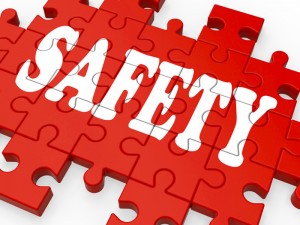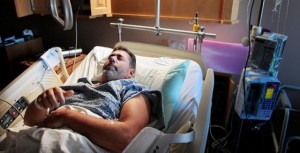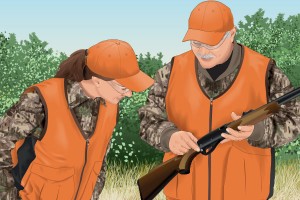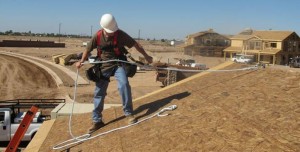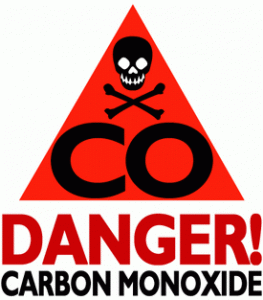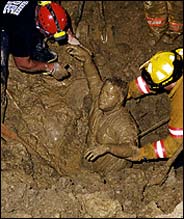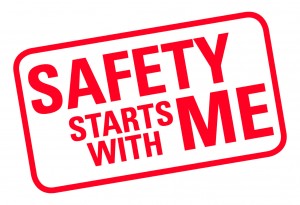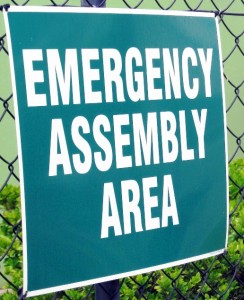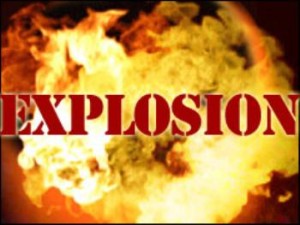 If you suspect a natural gas leak: Leave the area immediately and go to a safe location.
If you suspect a natural gas leak: Leave the area immediately and go to a safe location.
Do not try to locate the source of the leak.
Do not do anything that could cause a spark and ignite the gas:
- Do not use electrical devices, such as light switches, telephones, or garage door openers
- Do not use an open flame, matches or lighters
- Do not start vehicles parked in the area
Do not try to shut off any natural gas valves.
From a safe location, call your Energy Company.
Do not re-enter the building or return to the area until an Energy Company employee says it’s safe.
Signs of Natural Gas Leak
- “Rotten egg” smell
- Dead or discolored vegetation in an otherwise green area
- Dirt or dust blowing from a hole in the ground
- Bubbling in wet or flooded areas
- Blowing or hissing sound
- Flames, if a leak has ignited
- Gas in transmission pipelines does not have odorant added, so signs of a pipeline leak may include all of the above except the rotten egg odor.

